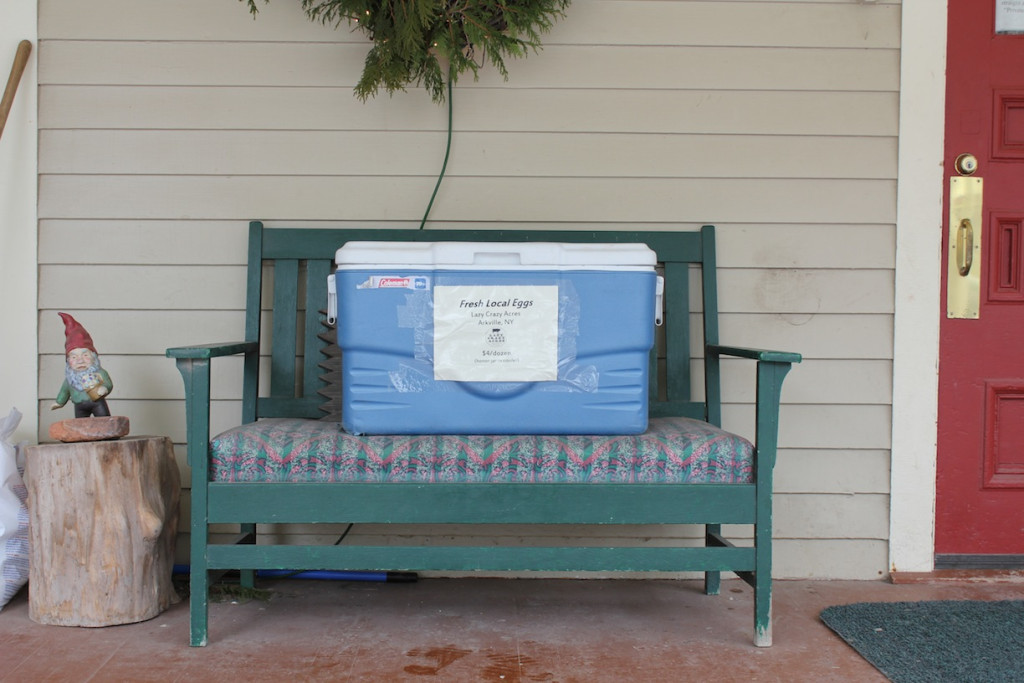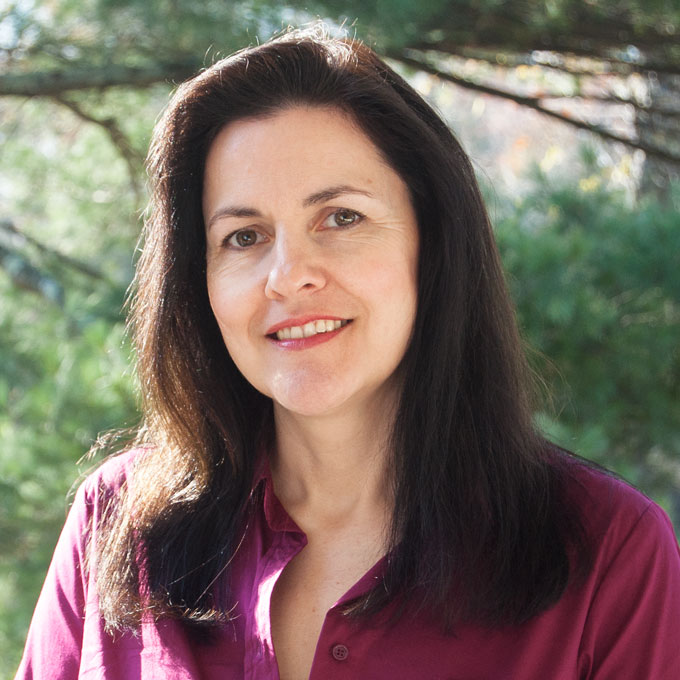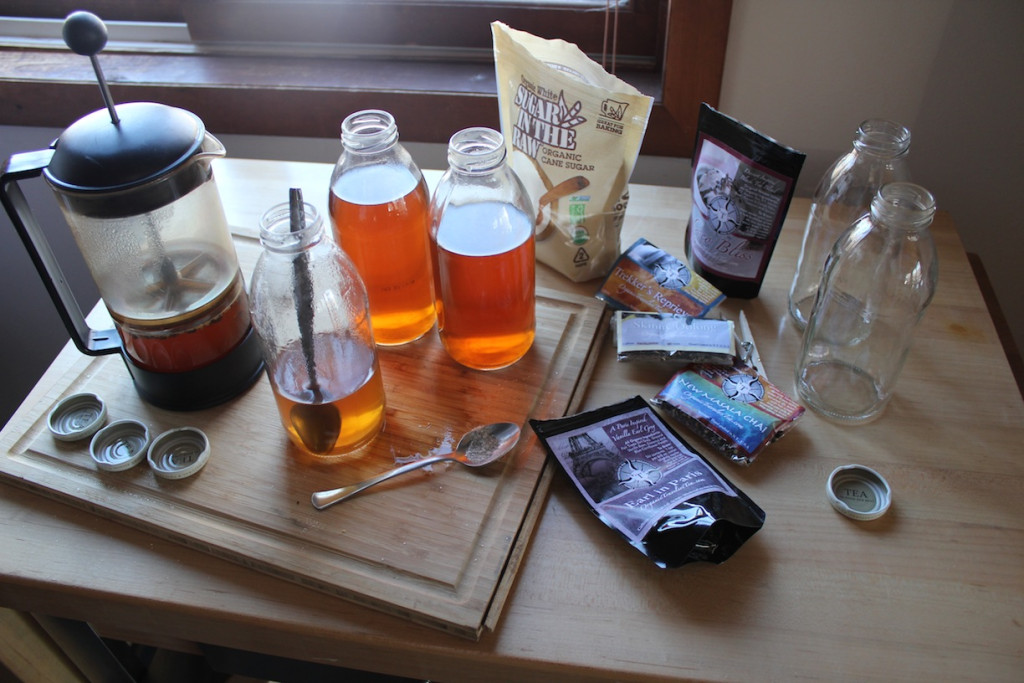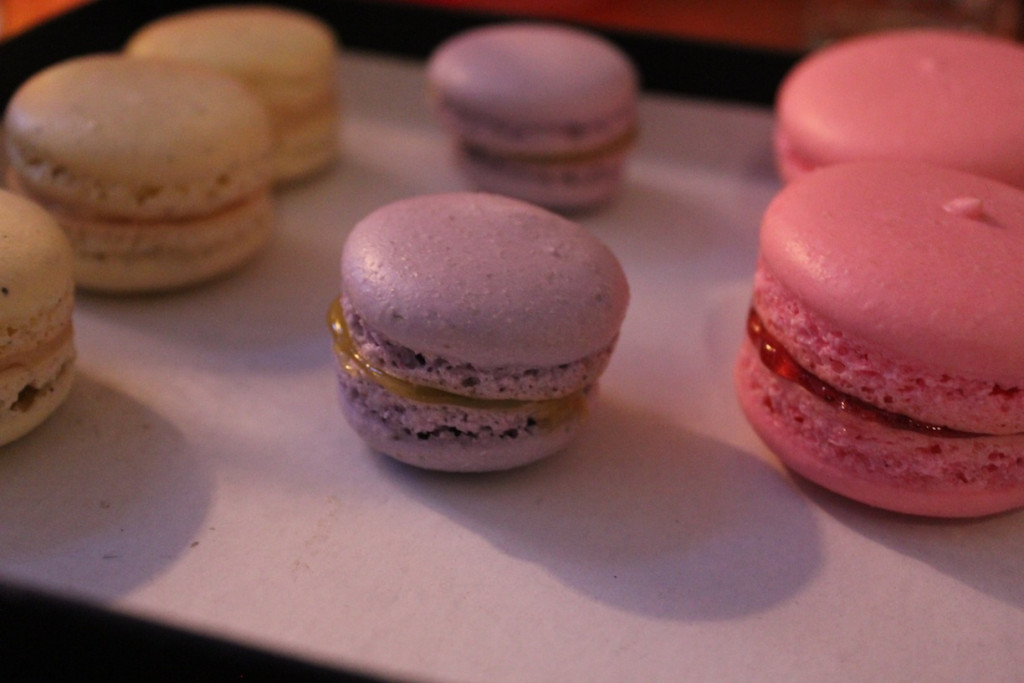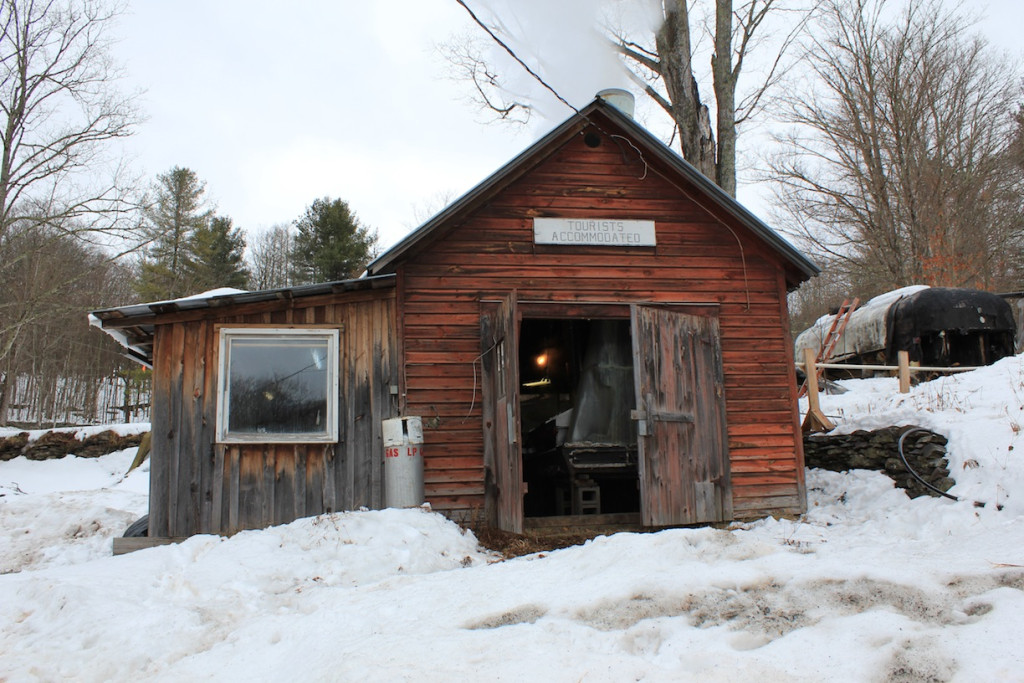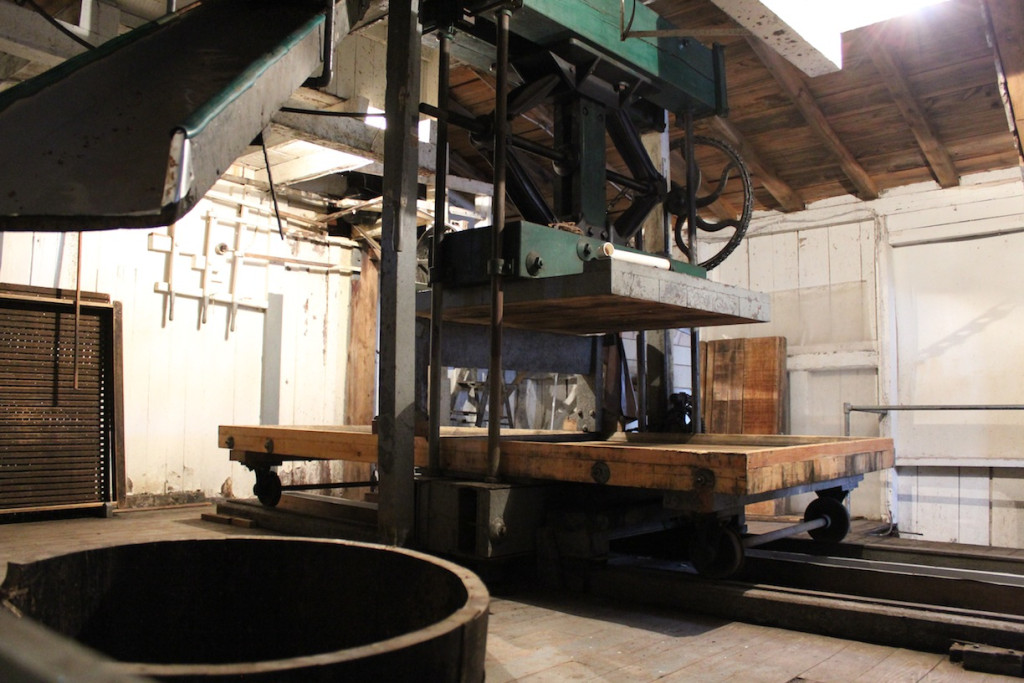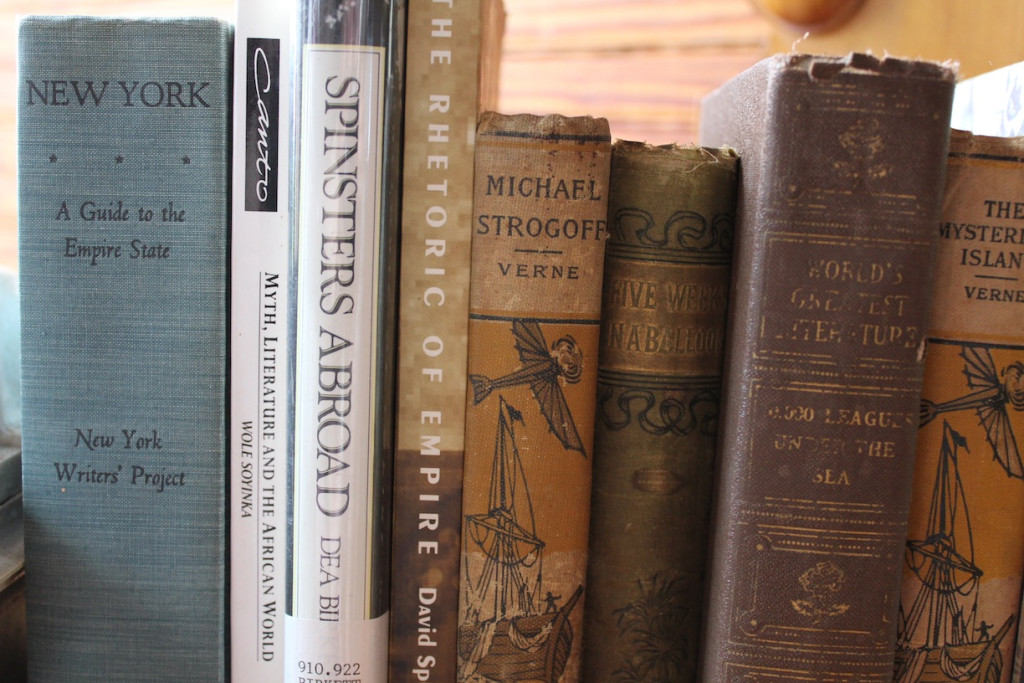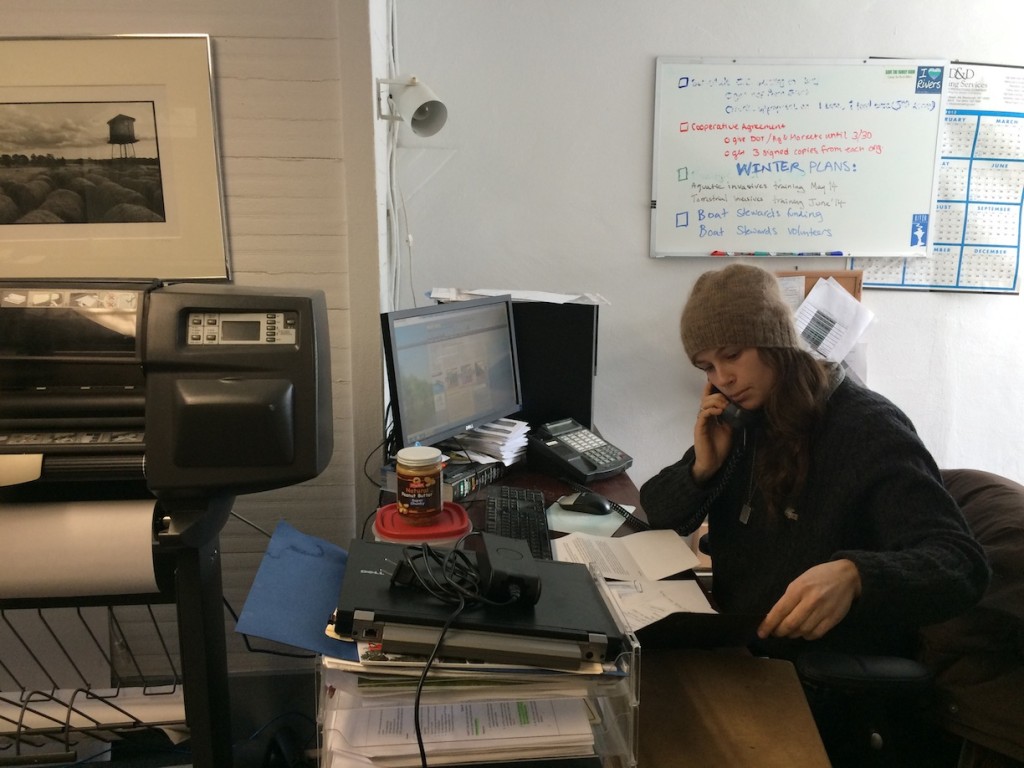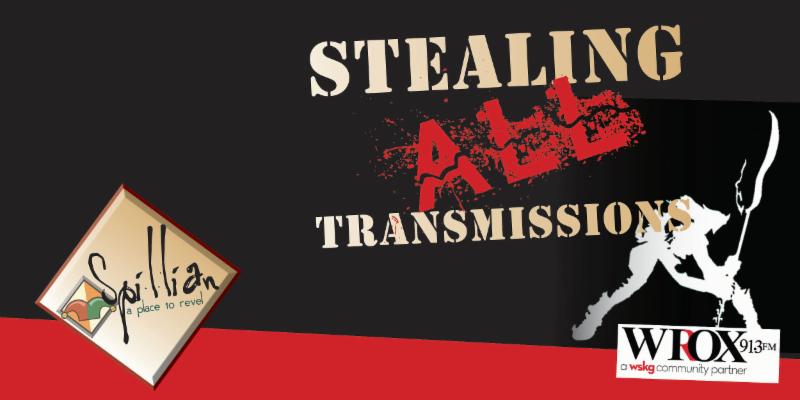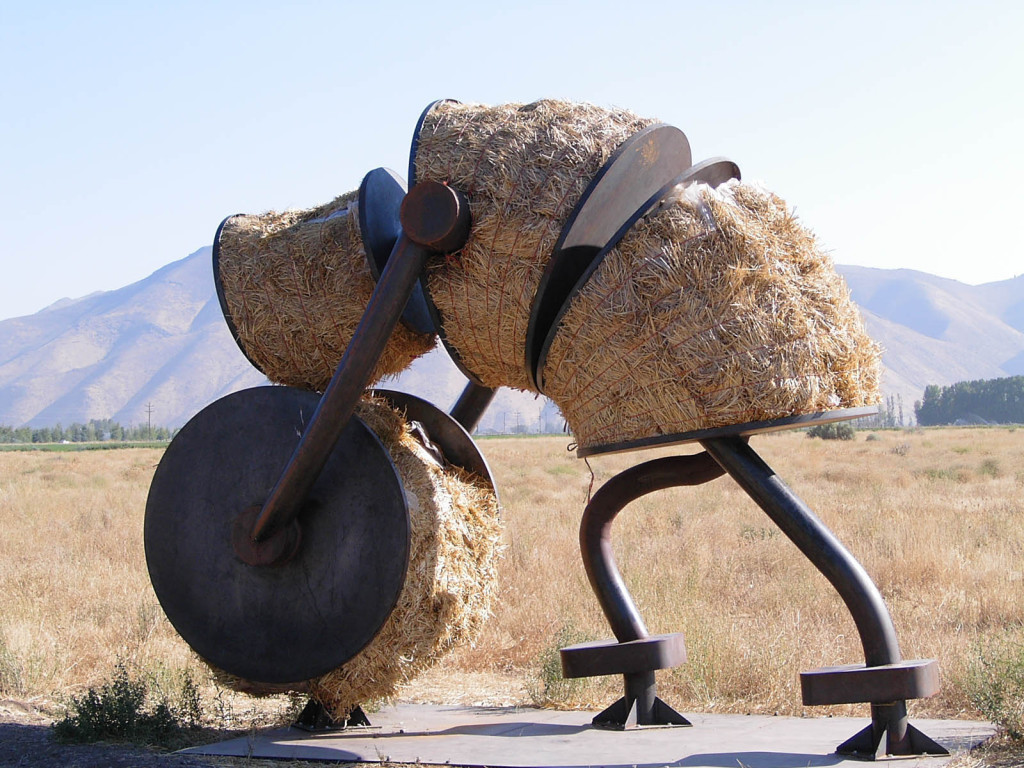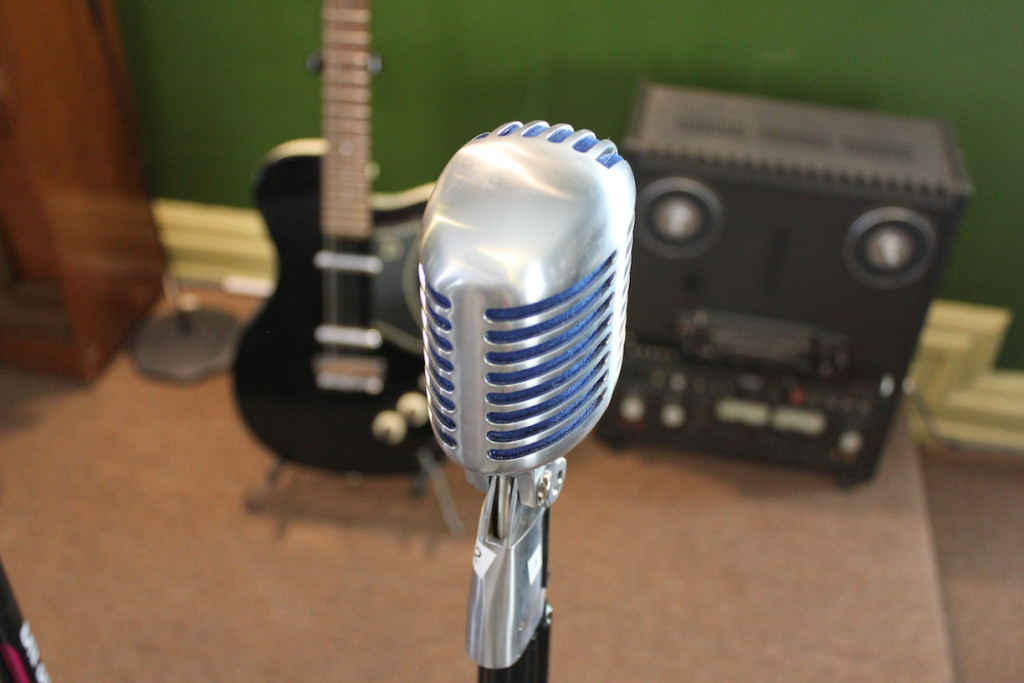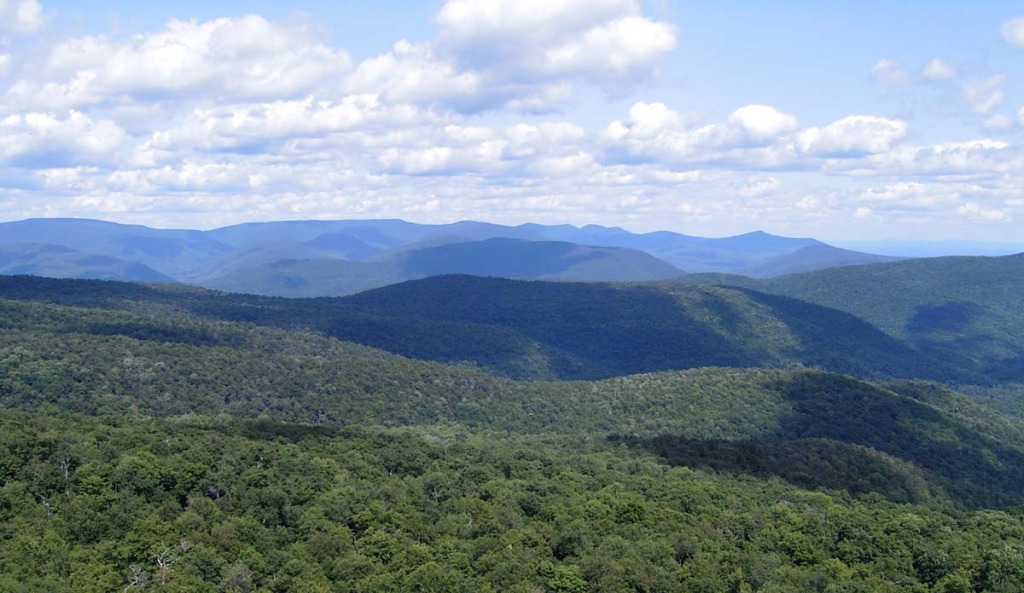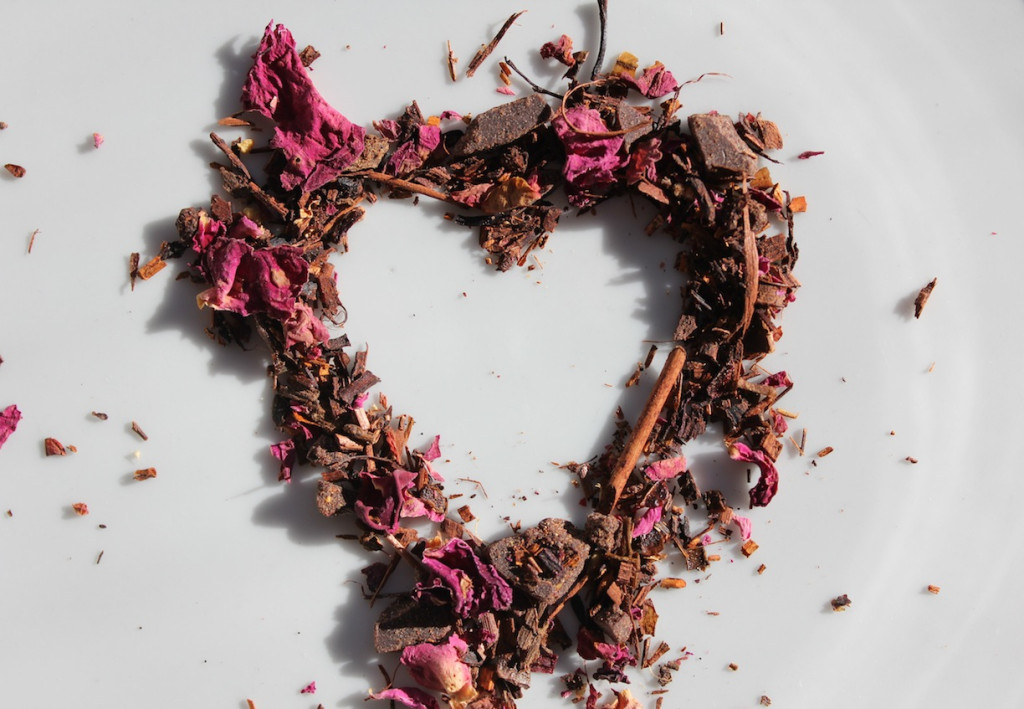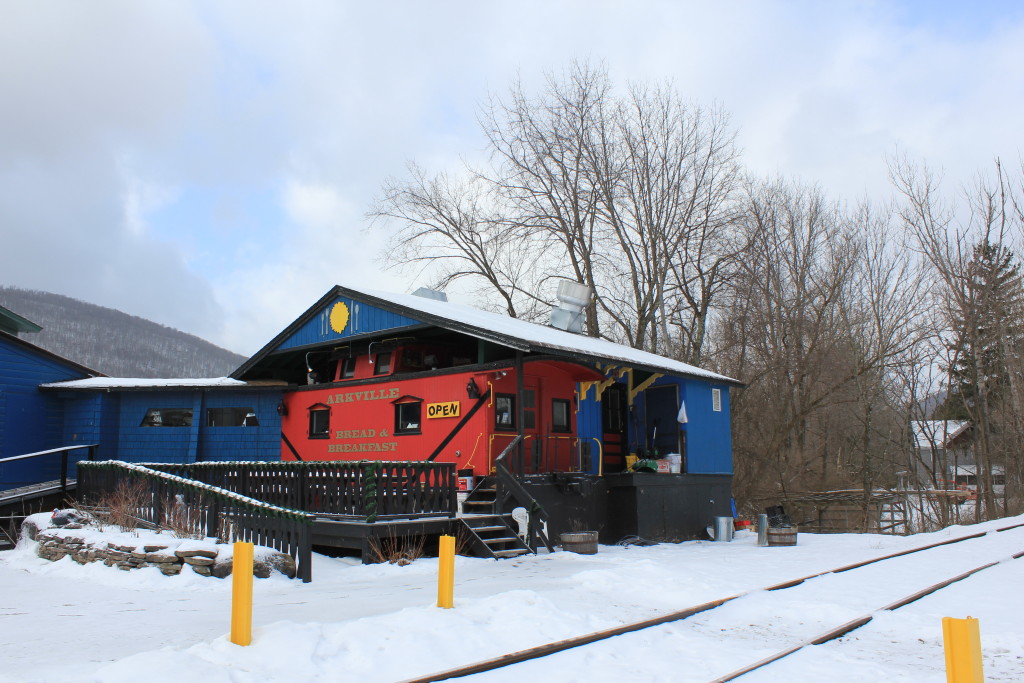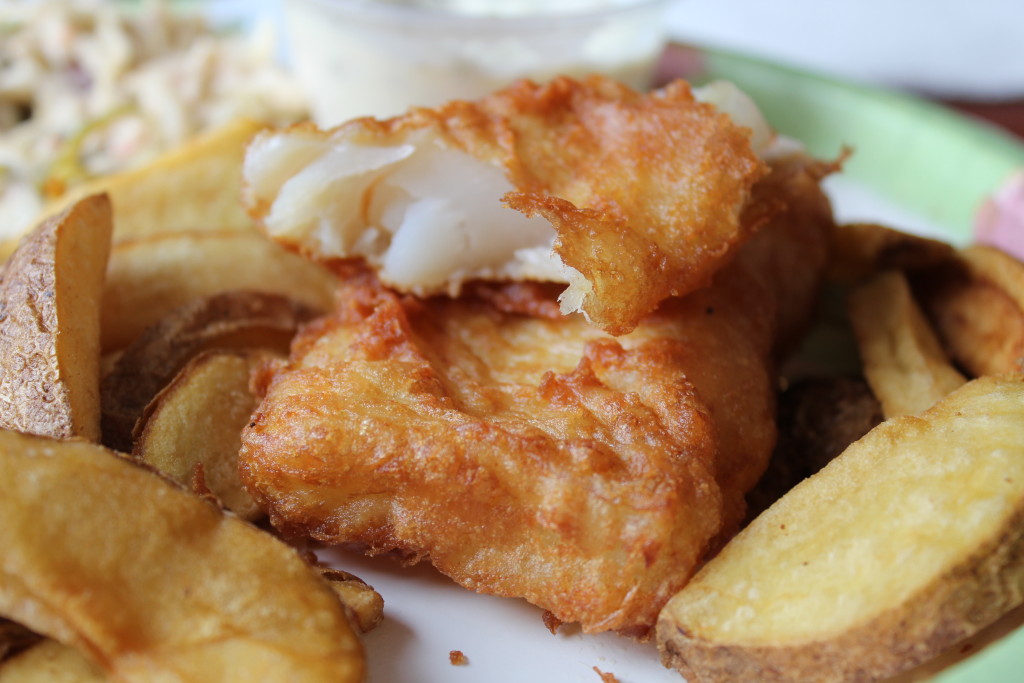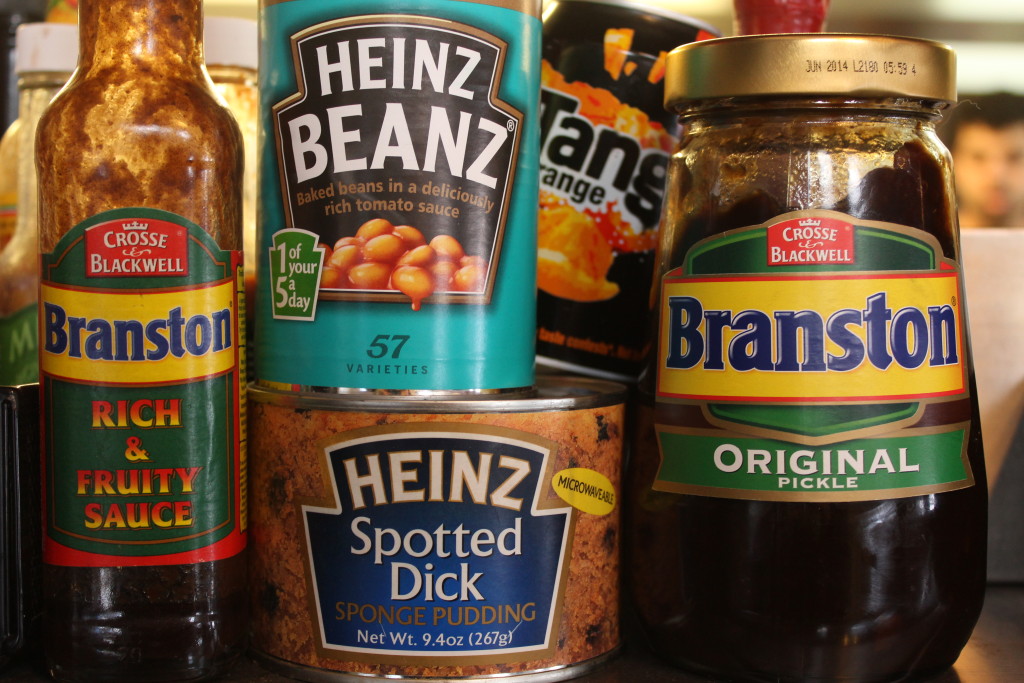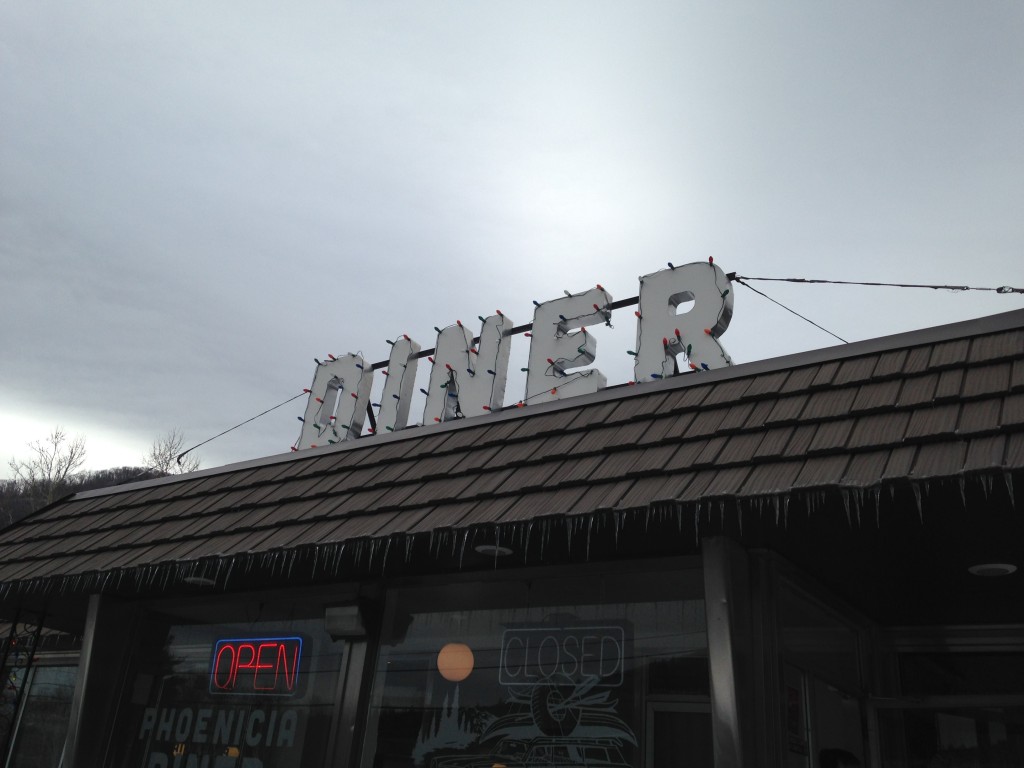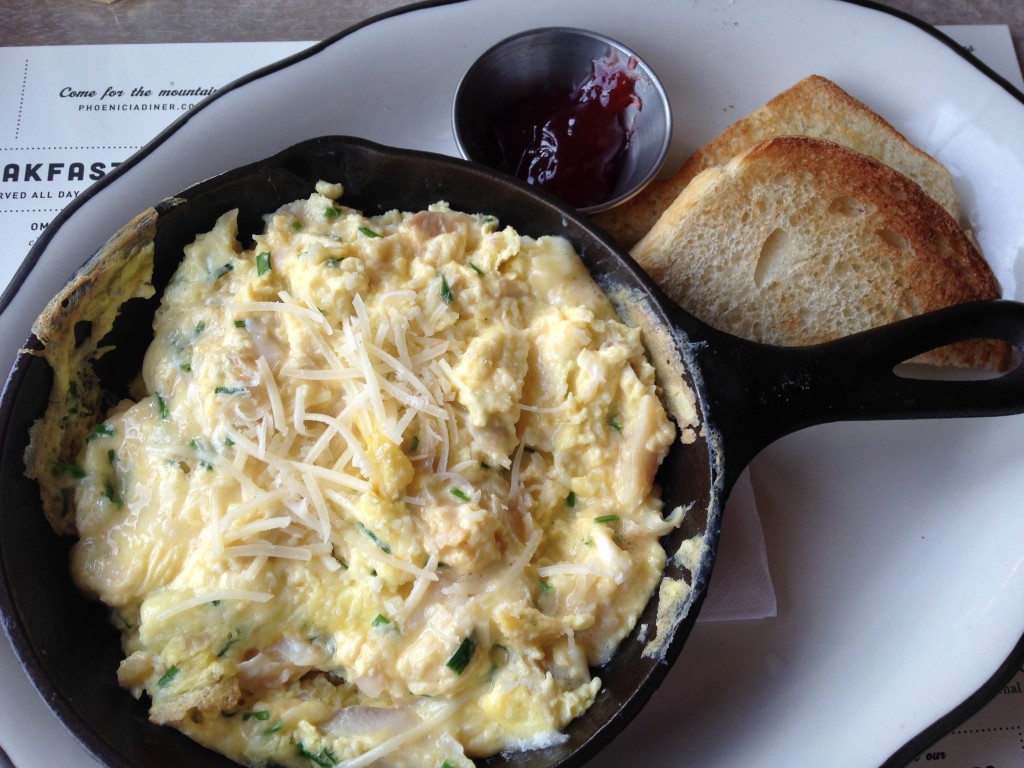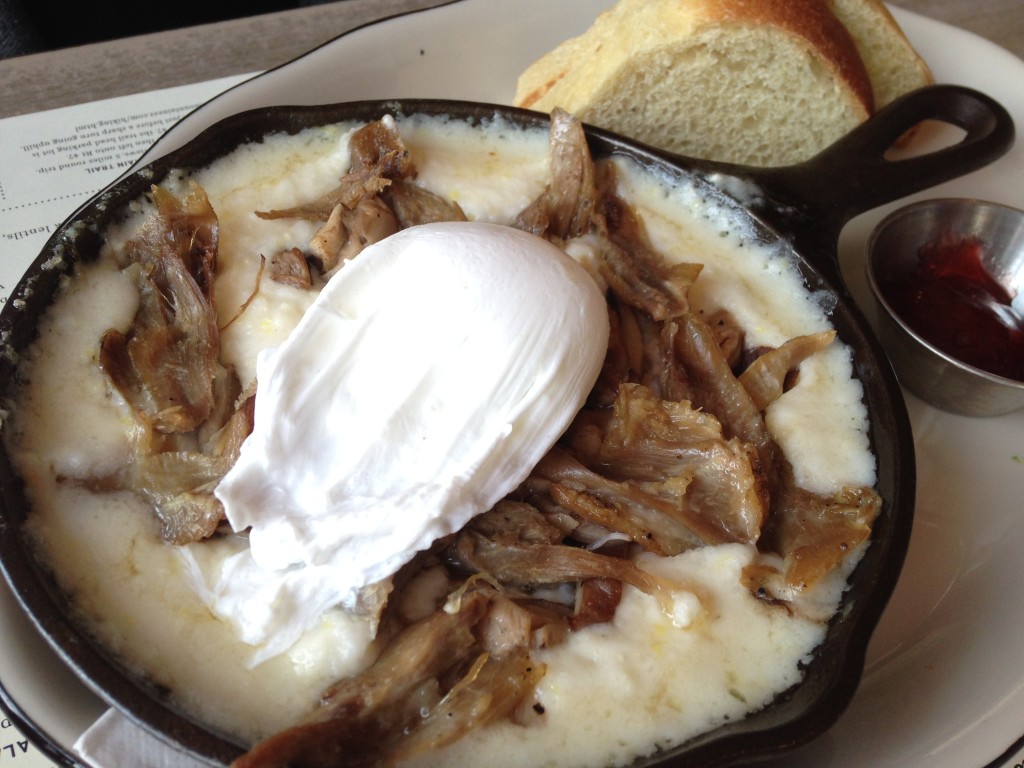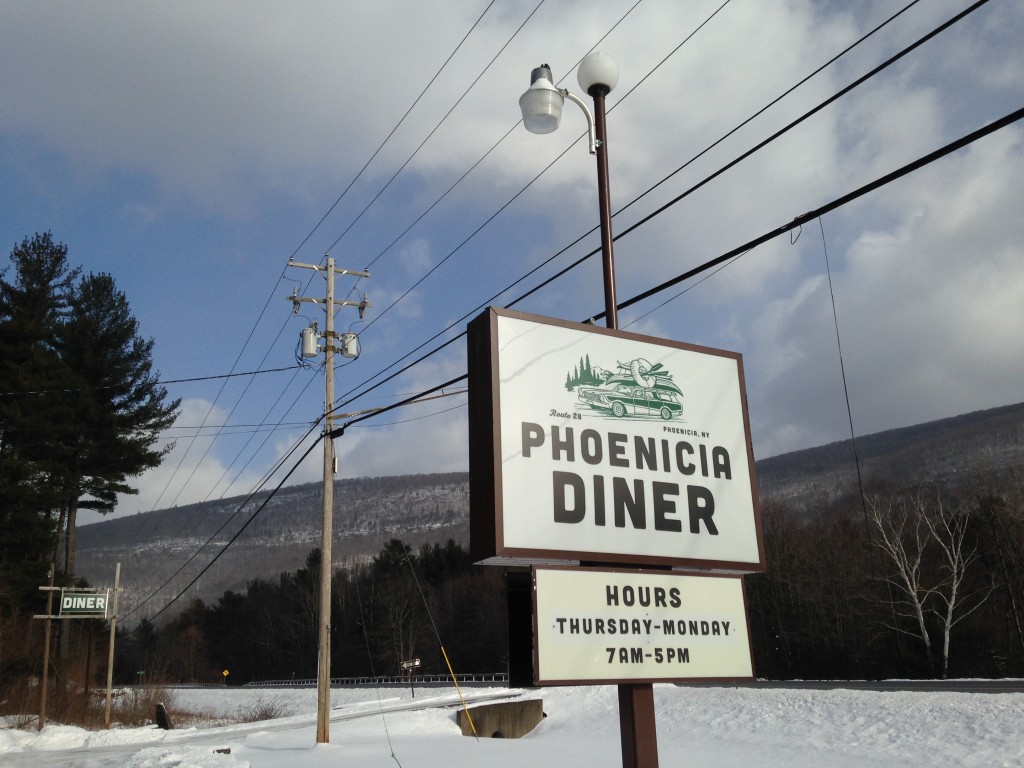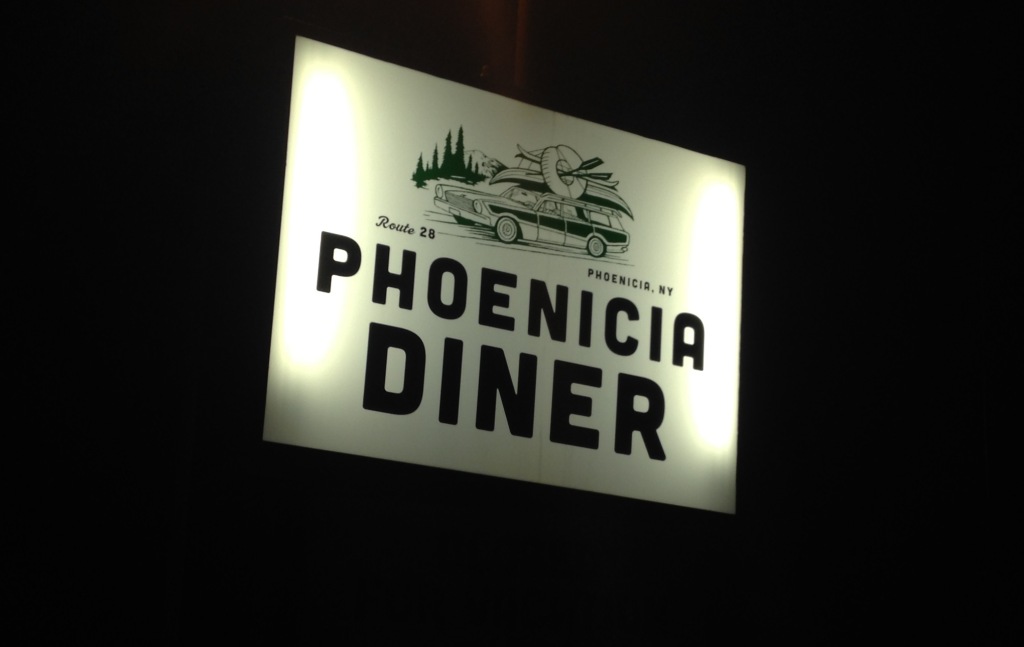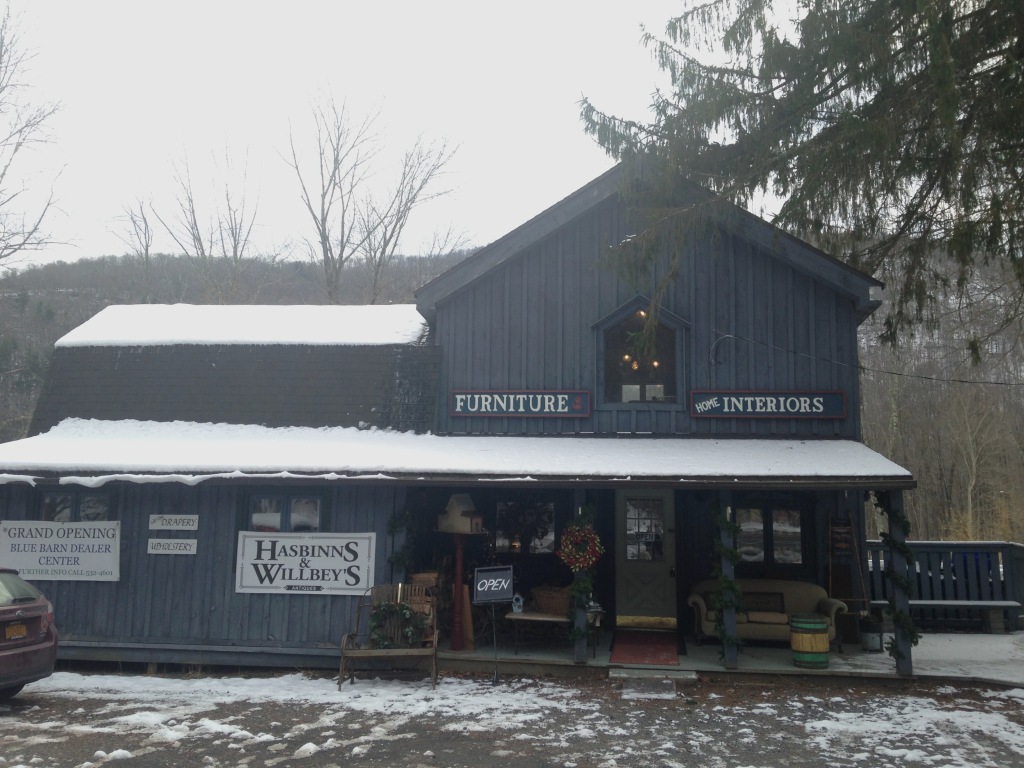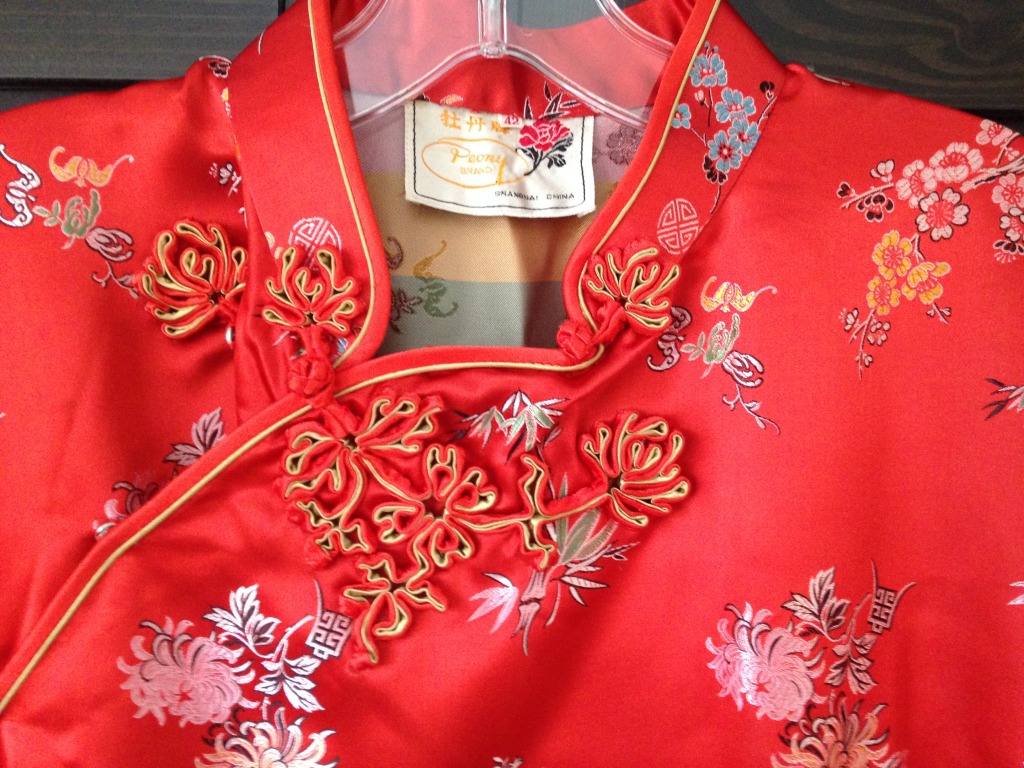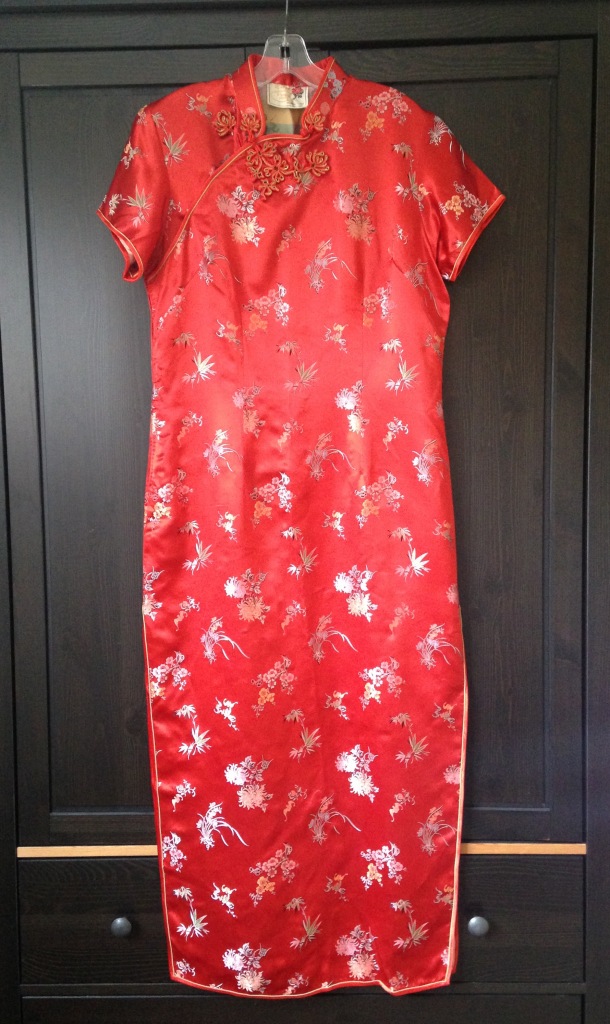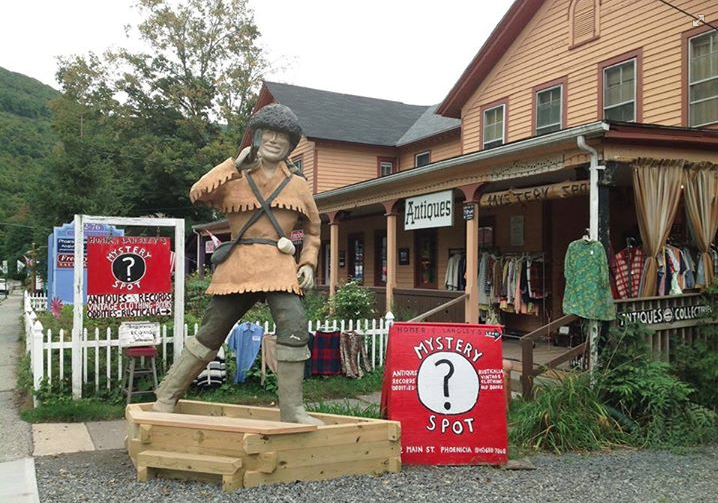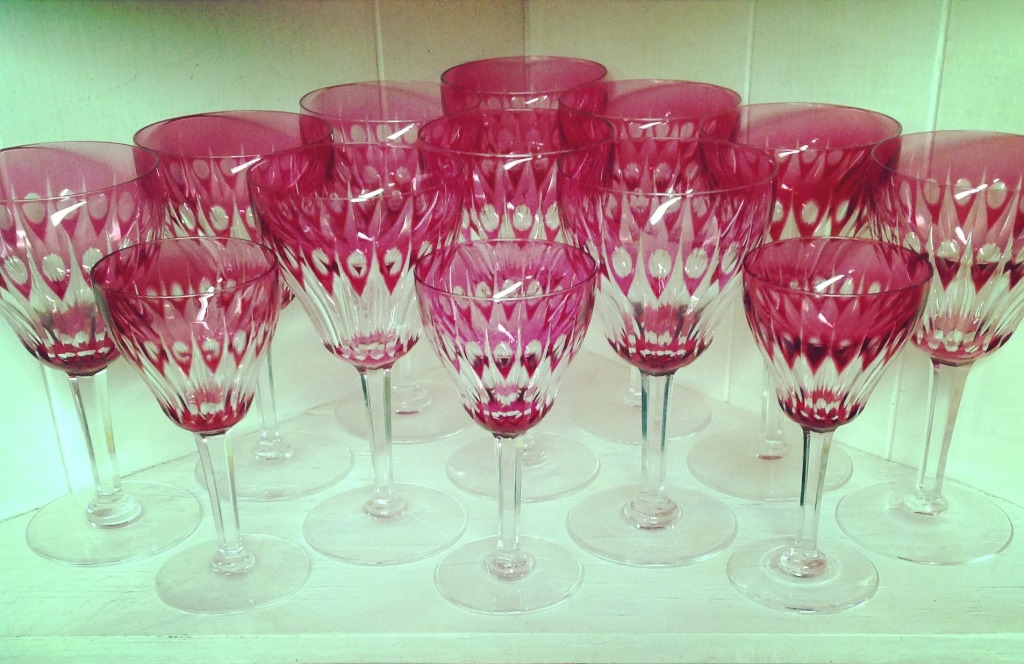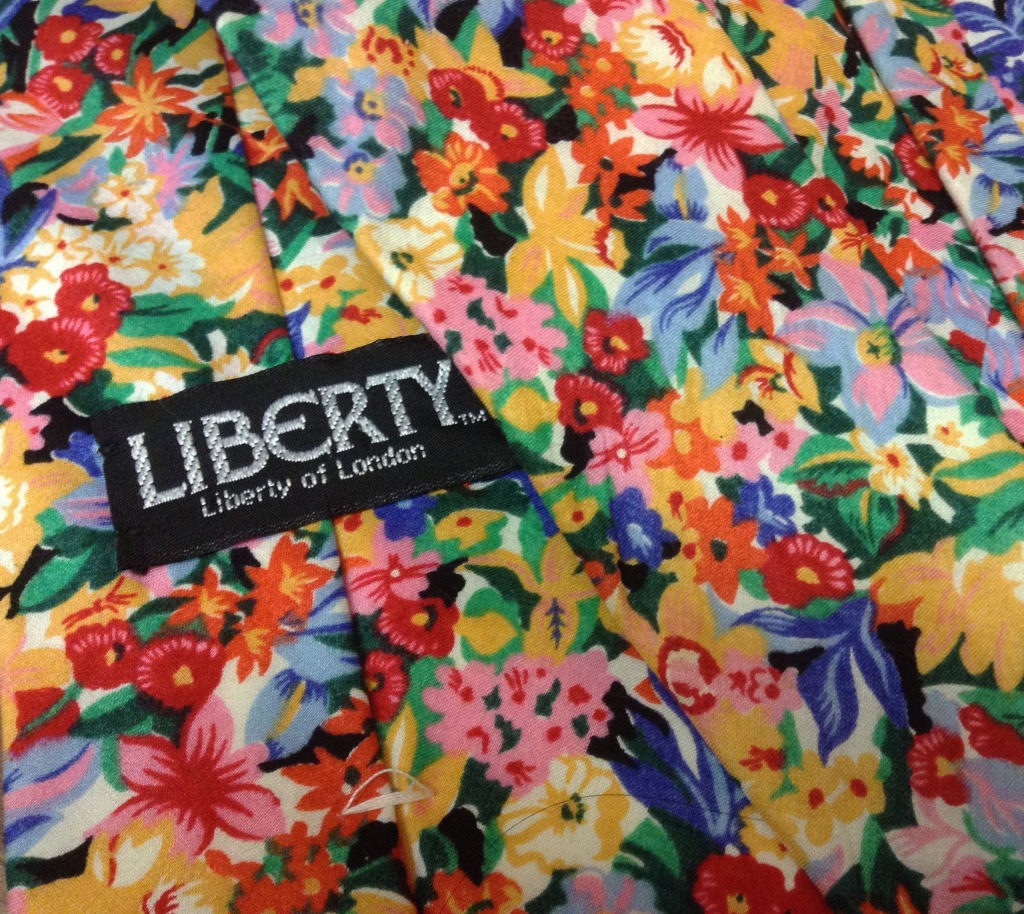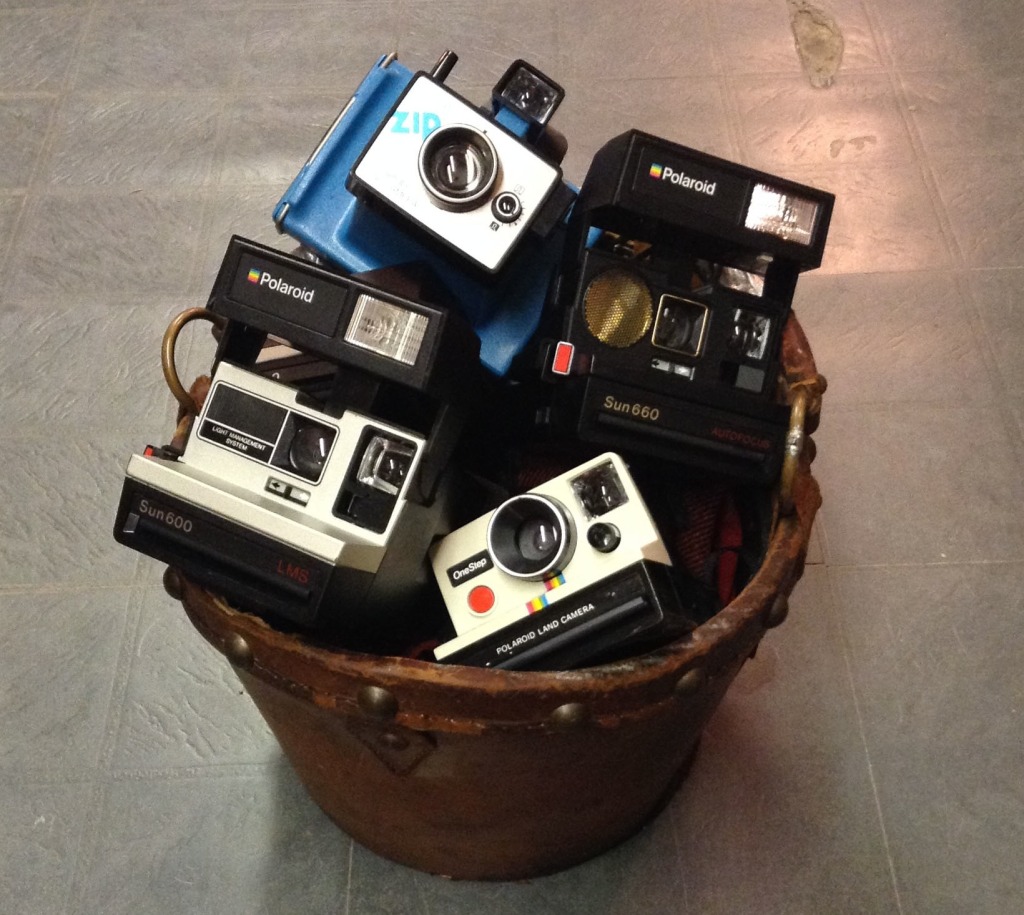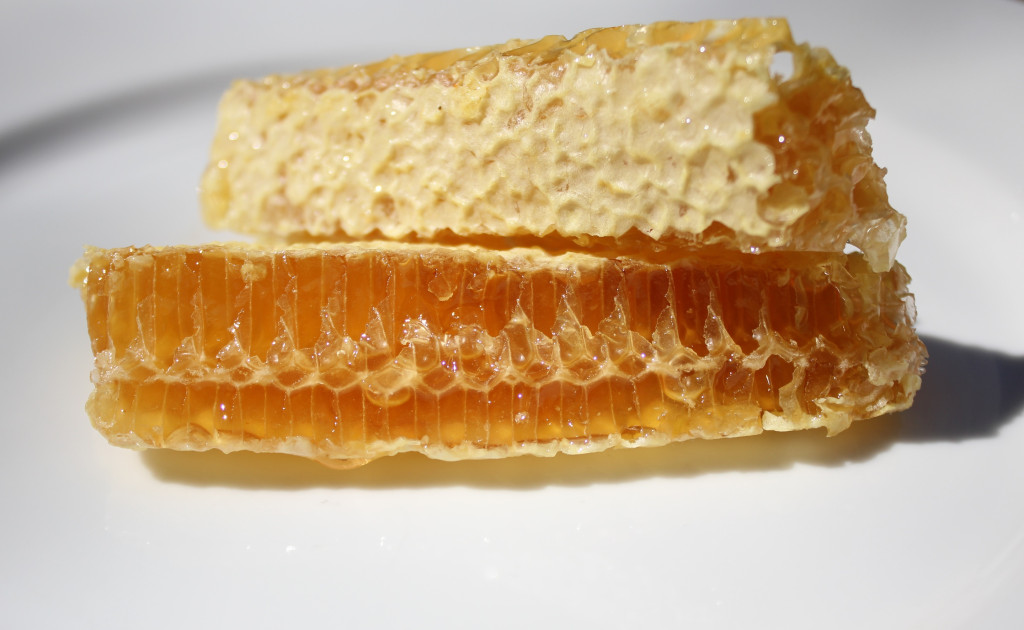
© J.N. Urbanski
Honey: a form of address, miracle food, medicinal unguent and mysterious immortal time traveler, having been found in Egyptian tombs intact, it has survived thousands of years. If only those crusty, aged urns of the amber nectar could speak, they could convey untold stories. What honey’s secret to eternal freshness? Lack of moisture, according to the Smithsonian Magazine and a combination of the following factors that produce a rare quality.
First, the aforementioned low moisture content can be survived by only very few bacteria who technically suffocate in the honey. “They just die,” writes Natasha Gelling, quoting Amina Harris, executive director of the Honey and Pollination Center at the Robert Mondavi Institute at University of California. Honey is a sugar and it’s hygroscopic, meaning that it contains very little water in its natural state, but “can readily suck in moisture” if left in an open container.
Second, honey is very acidic with a pH value between 3 and 4.5. “The acid kills whatever wants to grow there,” states Harris. Next:
“Bees are magical,” Harris jokes. But there is certainly a special alchemy that goes into honey. Nectar, the first material collected by bees to make honey, is naturally very high in water–anywhere from 60-80 percent, by Harris’ estimate. But through the process of making honey, the bees play a large part in removing much of this moisture by flapping their wings to literally dry out the nectar. On top of behavior, the chemical makeup of a bee’s stomach also plays a large part in honey’s resilience. Bees have an enzyme in their stomachs called glucose oxidase (PDF). When the bees regurgitate the nectar from their mouths into the combs to make honey, this enzyme mixes with the nectar, breaking it down into two by-products: gluconic acid and hydrogen peroxide. “Then,” Harris explains, “hydrogen peroxide is the next thing that goes into work against all these other bad things that could possibly grow.”
So, with honey being thick enough to put on wounds and containing just enough hydrogen peroxide, it’s the perfect healing unguent. Store your honey in a sealed, airless jar and it will never spoil.
Manuka honey, which is made in New Zealand from the nectar of Leptospermum scoparium, is the basis of Medihoney, which the FDA approved in 2007 for use in treating wounds and skin ulcers.
You may not be surprised about colony collapse disorder if you’re familiar with the large-scale, commercial beekeeping industry. Rather like industrial agriculture in its approach, facilities keep millions of bees in expansive fields that look, ironically, like military graveyards. Commercial “migrant” beekeeping outfits also rent bees out to large-scale agriculture, transporting hundreds of hives on enormous trucks with the bees in them and that’s before you add in pesticides and GM crops. It must be confusing and highly stressful to be a commercial bee.
There’s more urgency than ever to support locally-produced, small-batch honey. The Phoenica Honey Company, based in Phoenicia, New York, buys raw honey wholesale from apiaries in Ulster County and infuses it with natural additives like cinnamon, lavender, star anise, ETC. Proprietor Elissa Jane Mastel buys organic additives where she can and never heats the honey to above 112F and has plans for a thyme and pecan infused honey. The resultant infusions are light, delicate and perfect with tea. Phoenicia Diner and Mama’s Boy Coffee in Phoenicia and Bumble & Hive in Rhinebeck serve Phoenicia Honey Company’s honey.
At Griffins Corners in Fleischmanns, Chase Kruppo is developing Chasing Honey Farm, a new honey haven, on a family plot of five acres. It’s a new long-term sustainable agricultural venture wherein members can “buy-in” on a beehive and either, receive the honey from their bees, the proceeds from the sale of their honey at market, or a combination of both. Chase’s mission is “to create jobs, craft superior honey, and aid a declining bee population”. Watch a video presentation of Chasing Honey Farm here.
“Honeybees pollinate one third of grocery produce and it is vital to the Upstate region to secure the food it produces by supporting its pollinators,” says Chase. “46% of bee hives reporting in New York State were lost last winter due mainly to starvation and excess moisture. Part of the 2015 expansion project of Chasing Honey Farm is the creation of an apple orchard, vineyard, and plantings of white currants, lavender, and mints. Creating summer-blooming food sources for honeybees help the hives build up honey reserves for winter.”
No honey can be certified organic because bees can roam up to five miles away from the hive in every direction, but if we all planted bee-friendly, pesticide-free vegetation, it would help keep local bees healthy.
Like this:
Like Loading...
